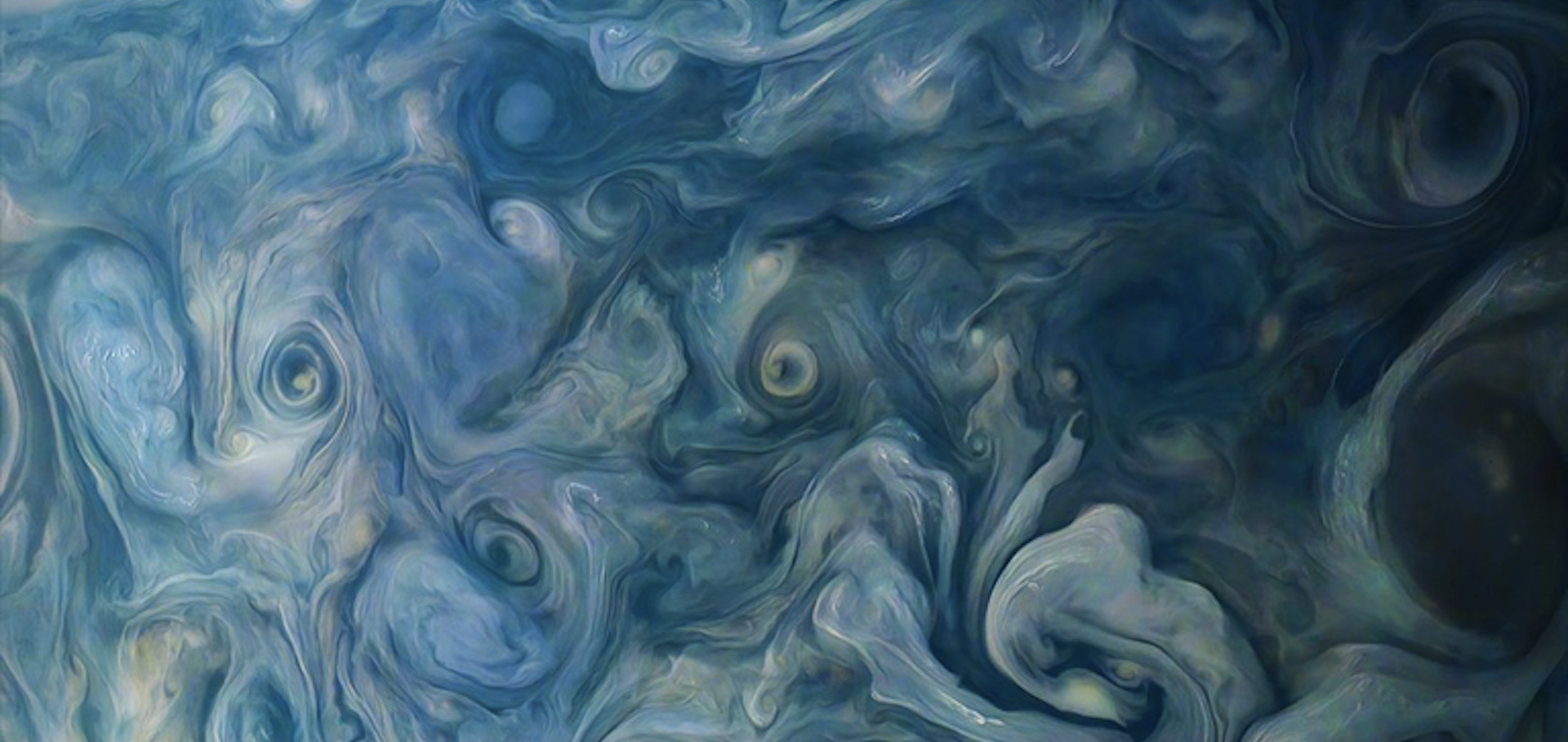Four ultra-short period eclipsing M-dwarf binaries in the WFCAM Transit Survey
(2012)
The signature of orbital motion from the dayside of the planet τ Boötis b
Nature Springer Nature 486:7404 (2012) 502-504
Observational Constraints on Low-Mass Stellar Evolution and Planet Formation
(2011)
Planet Formation Around M-dwarfs: From Young Disks to Planets
(2011)
The Monitor Project: a search for low mass EBs in the young open cluster M50
AIP Conference Proceedings AIP Publishing 1094:1 (2009) 832-835


